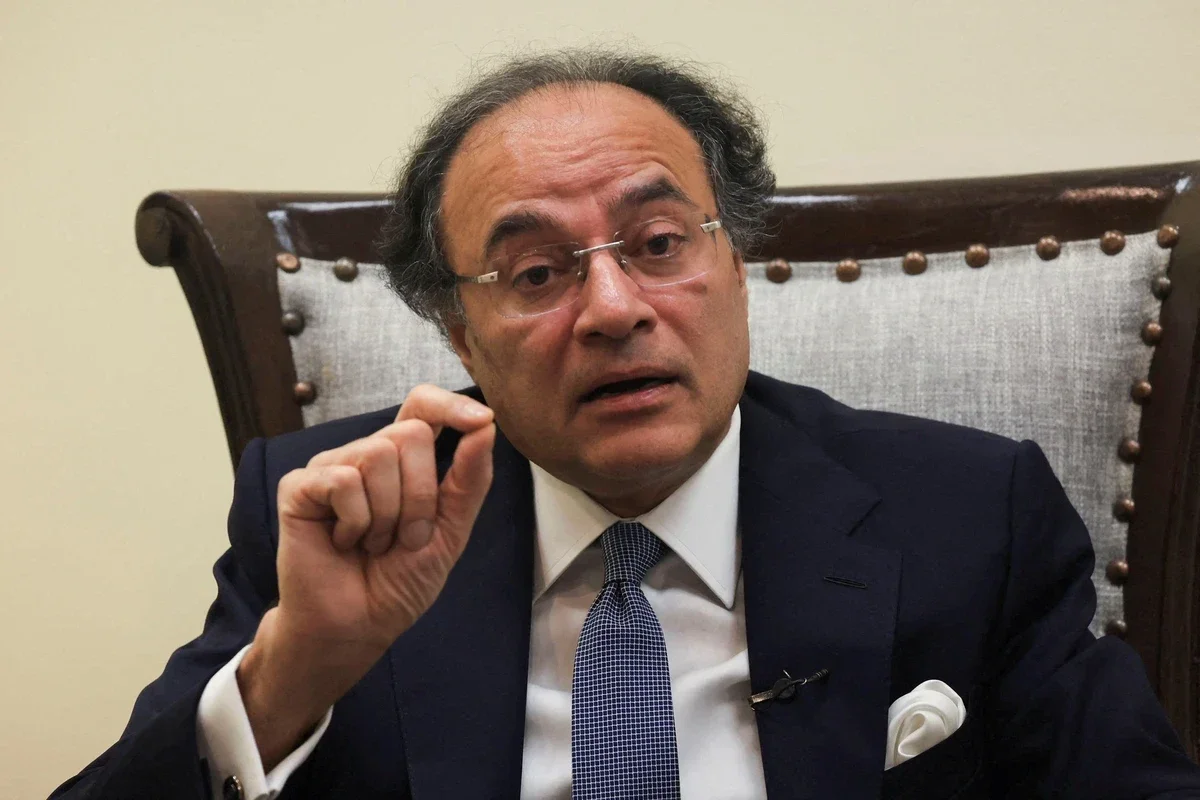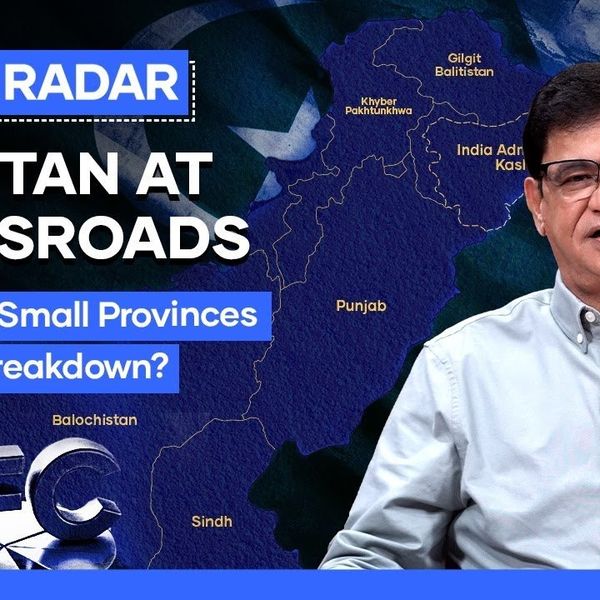Pakistan hopes to turn US bonhomie into mining investments
Finance Minister Muhammad Aurangzeb says government planning to host investor conference in Washington later this month
Business Desk
The Business Desk tracks economic trends, market movements, and business developments, offering analysis of both local and global financial news.

Pakistan is ramping up efforts to attract US investment in key sectors, including energy, mining, and technology, Finance Minister Muhammad Aurangzeb told Bloomberg News, as ties between the two countries show signs of rebound following years of estrangement.
Aurangzeb said the government is planning to host an investor conference in Washington later this month, aiming to capitalize on renewed interest from American businesses.
“The sectors are very clear where we seek their investment and where we see a clear investment appetite,” Aurangzeb said. “With respect to the US, as of right now, you’ve just kick-started that process.”
The announcement comes days after Prime Minister Shehbaz Sharif and Army Chief Field Marshal Asim Munir met with US President Donald Trump at the White House. Trump praised both leaders, reportedly calling them “very great guys,” and credited himself with helping end a brief four-day skirmish between Pakistan and India earlier this year — a claim India denies.
$500 million US investment announced
According to Bloomberg, economic engagement has accelerated in recent weeks.
The US announced a $500 million investment by US Strategic Metals, while Pakistan is actively encouraging American interest in its oil and gas sector — particularly after Trump publicly highlighted Pakistan’s “massive oil reserves,” despite declining output.
The Strategic Digital Wallet Company, a state-owned platform launched to manage virtual assets, and ongoing reforms in the crypto and digital finance sectors are also seen as signals of Pakistan’s push toward financial modernization.
Trade pivot and credit upgrades
Aurangzeb said a recently concluded trade deal with the US introduced a 19% tariff — lower than regional competitors and significantly below the 50% tariff imposed on India in August after Trump criticized New Delhi’s purchases of Russian oil.
“The first thing was to get the trade equation out of the way, which it is now,” said Aurangzeb. “From my perspective, every single industry in Pakistan has to have an export component, because it’s the only way we’re going to get out of this boom-and-bust cycle.”
Pakistan’s economy avoided default in 2023 with the help of an IMF bailout, and the country is now under review for its ongoing $7 billion Extended Fund Facility. Aurangzeb confirmed that the review is “largely on track,” and that Pakistan had repaid a $500 million Eurobond on Tuesday, signaling improved fiscal discipline.
Market response and growth outlook
Pakistan’s macroeconomic outlook has brightened, with S&P Global, Moody’s, and Fitch all upgrading the country’s credit ratings this year. The country’s dollar bonds have returned nearly 22% in 2025, while the KSE-100 Index is up 44% year-to-date, placing it among the best-performing markets in Asia, Bloomberg noted.
Bloomberg Economics estimates GDP growth rose to 3.4% year-on-year in the second quarter, with official figures expected next week. However, heavy rains and flooding have damaged crops, posing a downside risk to the economic recovery.










Comments
See what people are discussing